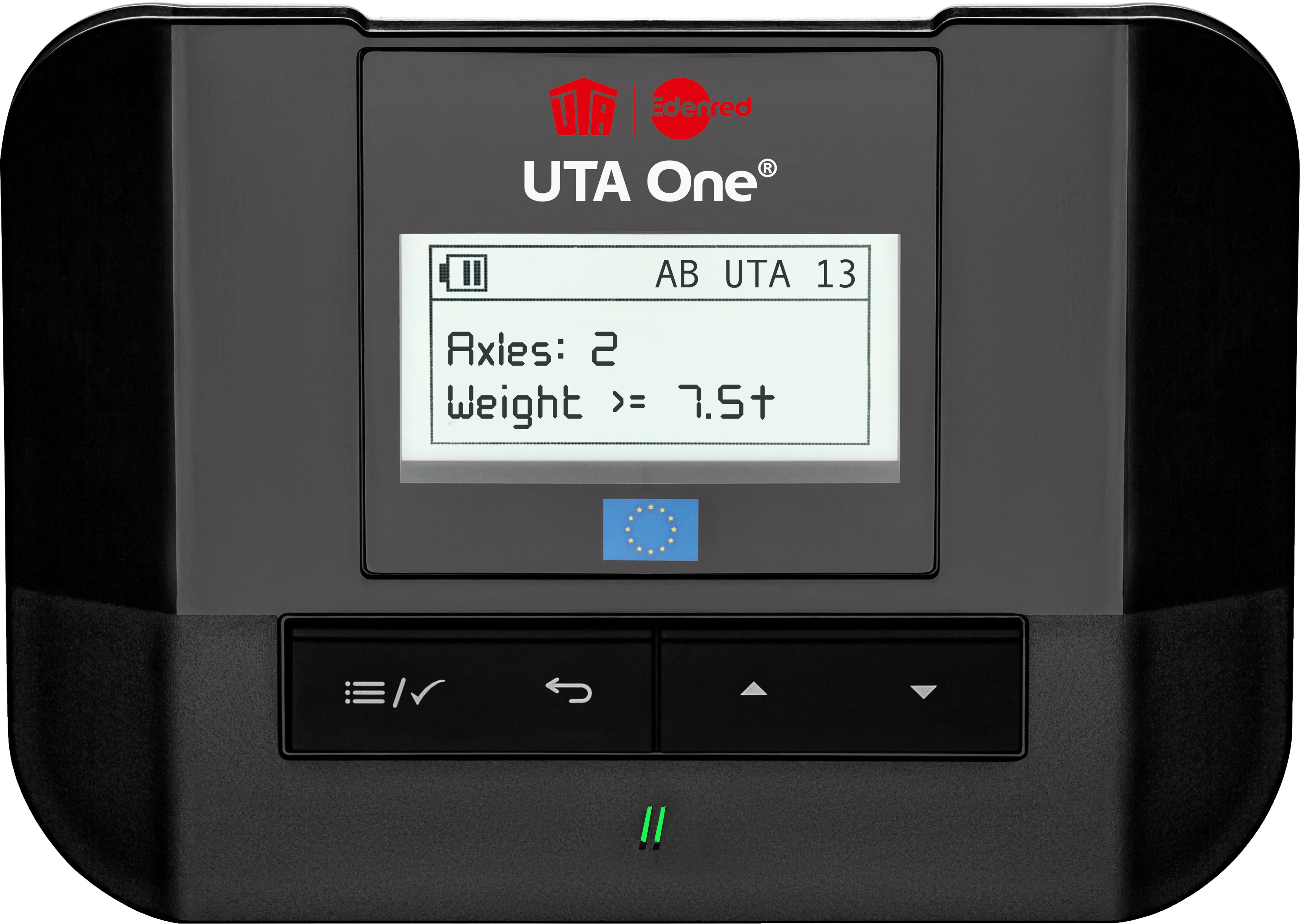The newly-formed connected and automated driving European Automotive-Telecom Alliance has appointed Ertico as the project coordinator and administrator of the project.
The main goal of the Alliance is to promote the wider deployment of connected and automated driving in Europe. The first step is the advance of a Pre-Deployment Project, aimed at testing three major use-case categories: automated driving, road safety and traffic efficiency, and digitalisation of transport and logistics. Details are due to
October 3, 2016
Read time: 2 mins
The newly-formed connected and automated driving European Automotive-Telecom Alliance has appointed 374 Ertico as the project coordinator and administrator of the project.
The main goal of the Alliance is to promote the wider deployment of connected and automated driving in Europe. The first step is the advance of a Pre-Deployment Project, aimed at testing three major use-case categories: automated driving, road safety and traffic efficiency, and digitalisation of transport and logistics. Details are due to be finalised by December 2016.
Tests will identify and address both technological and regulatory issues. The project will tackle interoperability issues as well as infrastructure investment to address connectivity needs, and the improving of safety and security. At the same time, pilot projects will help to elaborate the basic business models that both sectors can start deploying when investing in these technologies.
Member States of the initiative include Belgium, the Netherlands, Luxembourg, France, Germany, Italy, Spain, the United Kingdom, Austria, Slovakia, Hungary and Poland.
The main goal of the Alliance is to promote the wider deployment of connected and automated driving in Europe. The first step is the advance of a Pre-Deployment Project, aimed at testing three major use-case categories: automated driving, road safety and traffic efficiency, and digitalisation of transport and logistics. Details are due to be finalised by December 2016.
Tests will identify and address both technological and regulatory issues. The project will tackle interoperability issues as well as infrastructure investment to address connectivity needs, and the improving of safety and security. At the same time, pilot projects will help to elaborate the basic business models that both sectors can start deploying when investing in these technologies.
Member States of the initiative include Belgium, the Netherlands, Luxembourg, France, Germany, Italy, Spain, the United Kingdom, Austria, Slovakia, Hungary and Poland.








